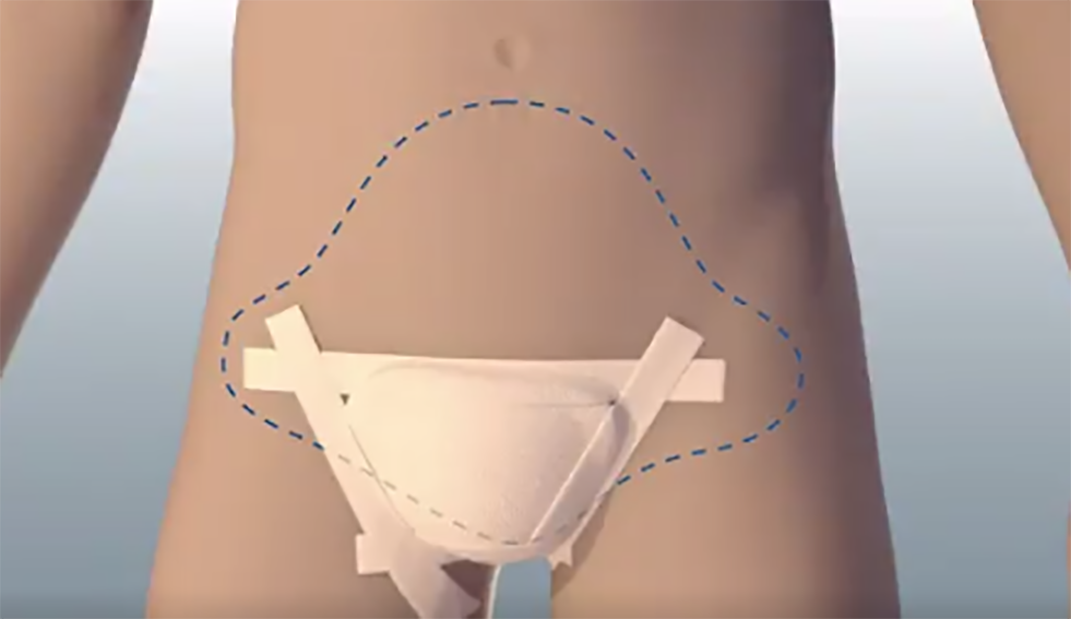
In a world first, an US army veteran has received a full total penis and scrotum transplant after losing his genitals due to an IED blast in Afghanistan.
The procedure, which took 14 hours, was performed at John Hopkin’s University’s School Of Medicine on March 26. The University announced the news today, stating the unidentified man is recovering well.
“We are hopeful that this transplant will help restore near-normal urinary and sexual functions for this young man,” says W.P. Andrew Lee, the university’s professor and director of plastic and reconstructive surgery.
BREAKING NEWS: @HopkinsMedicine performs the first total penis and scrotum #transplant in the world. https://t.co/HO7uwbOXta pic.twitter.com/BbWP931YFc
— Hopkins Med News (@HopkinsMedNews) April 23, 2018
In similar cases such as the patients, penises have be reconstructed using tissue from other parts of the body, though implants are required for sexual function. In their statement, the university implied that the veteran didn’t have enough viable tissue due to other injuries sustained at war.
While there have been three successful penis transplants (two in South Africa and one in the US), this was the most extensive yet, involving far more surrounding tissue.
Surgeons connected three arteries, four veins and two nerves to provide blood flow and sensation to the donated tissue. Bone marrow from the donor was also transplanted to help avoid rejection.
Diagram of the procedure. (Image credit: John Hopkins Medicine)
The patient is expected to regain the ability to urinate and be discharged from the hospital later this week. Doctors are optimistic that in six months, nerves will regrow enough for him to have sexual function and sensation.
The university, who covered the costs of the surgery, confirmed to USA Today they didn’t have plans to use the procedure for gender affirmation surgery.
While understandably remaining anonymous, the patient made a brief statement through the university.
“It’s a real mind-boggling injury to suffer; it is not an easy one to accept,” the recipient says. “When I first woke up, I felt finally more normal … [with] a level of confidence as well. Confidence … like finally I’m OK now.”
Source: USA Today




